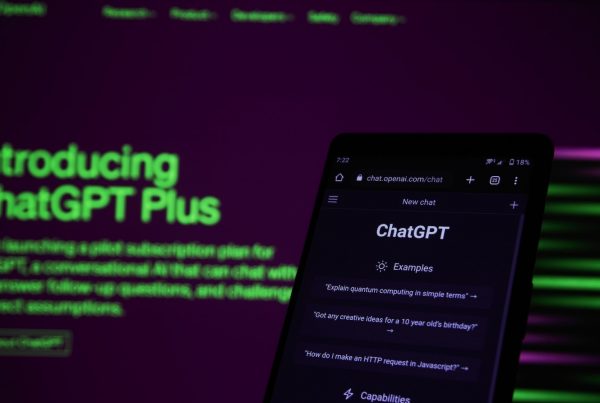Have you ever worked on your website’s content?
If yes, you may have faced the confusing question: how much and what content to use on the pages? You may have seen marketing call for minimal information and the product teams pitch for every single detail to be used.
Where does the balance lie and what’s the best route to take?
According to traditional notions of usability, you need to have the right amount of information readily available for the reader to see on a page. No point asking him/her to click through multiple pages and creating multiple levels of navigation.
A progressive disclosure approach is different. According to Wikipedia, “Progressive disclosure is an interaction design technique that sequences information and actions across several screens in order to reduce feelings of overwhelm for the user. By disclosing information progressively, you reveal only the essentials and help the user manage the complexity of feature-rich sites or applications.”
So, you determine the detail of information to share with the reader at every level. Here, the focus in on what information you reveal and at which point in the reader’s journey – when – on your website.
It could mean multiple levels of click; they’re effective as long as the information shared at each click ‘stage’ is relevant and interesting. Susan Weinschenk roots for this point using the New Zealand Tourism site as an example. She says, “People are very willing to make multiple clicks, in fact that won’t even notice they are making the clicks, if they are getting the right amount of information at each click to keep them going down the path.”
A progressive disclosure approach works if you have a lot of information to share and can create smaller chunks, that become more and more detailed with each click. But it’s important to let visitors make the choice. They should see the basic information at a glance and on the landing page, and then click on the tabs (if they want to) for details.
It’s like reading the newspaper. The headline gives you the gist of the article; you read the rest of the story only if it interests you and you want more details.




good piece. great examples